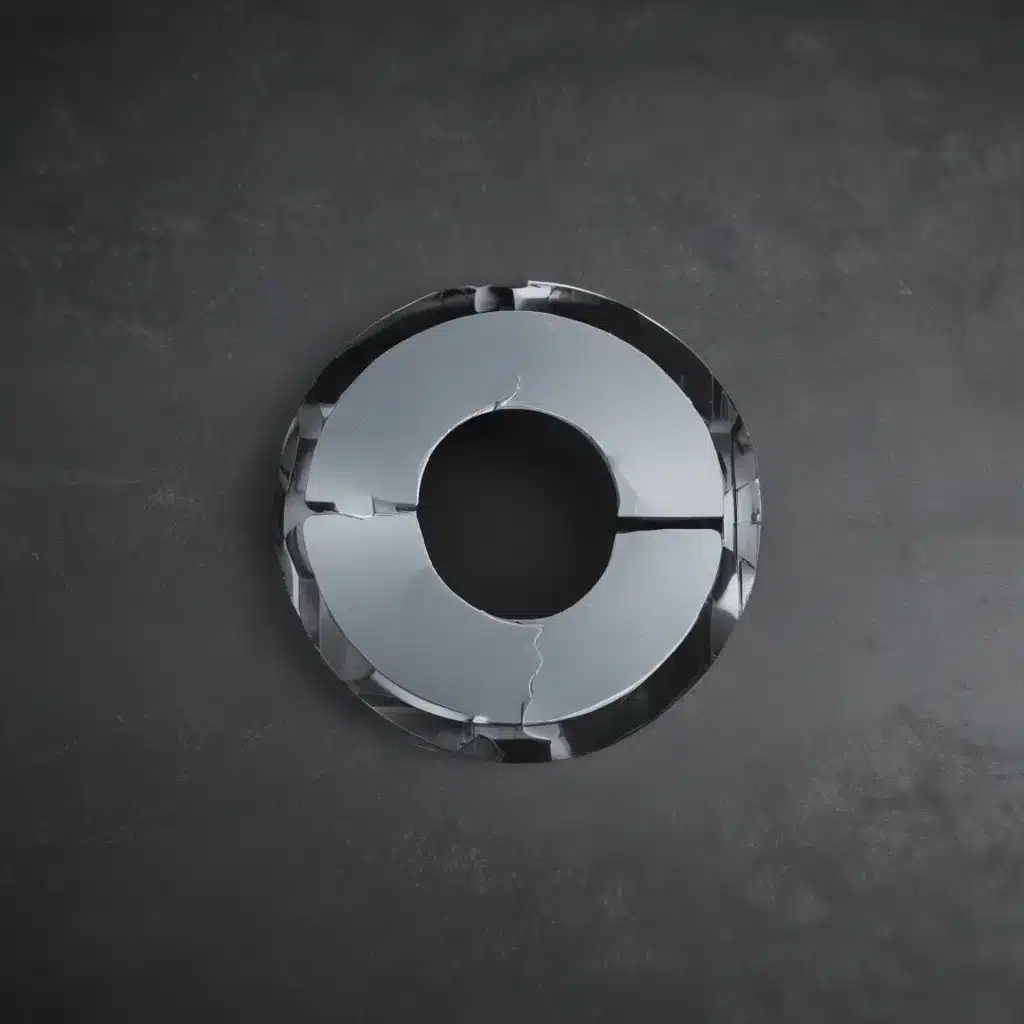IoT Interoperability for Open Ecosystems
In a world where technology reigns supreme, the Internet of Things (IoT) has emerged as a game-changer, transforming the way we interact with our surroundings. Picture this: your refrigerator automatically reordering your favorite snacks, your home security system alerting you to a potential intruder, and your fitness tracker syncing your workout data seamlessly with your smartphone. The potential of IoT is limitless, but as we dive deeper into this connected universe, we face a pressing challenge – interoperability.
Imagine trying to assemble a puzzle with pieces from different sets. It’s a frustrating experience, and that’s precisely the challenge we face in the IoT landscape. Devices from various manufacturers, each with their own proprietary protocols and standards, often struggle to communicate with one another. This lack of interoperability can be a significant hurdle, hindering the full realization of the IoT’s transformative power. [1]
But fear not, my fellow tech enthusiasts, for there is a glimmer of hope on the horizon. Researchers and industry leaders have been hard at work, developing innovative solutions to address this interoperability conundrum. One such approach is the concept of “semantic interoperability,” which aims to create a common language that allows IoT devices to understand and exchange data effortlessly. [2]
Imagine a world where your smart home devices can “speak the same language,” regardless of their manufacturer or underlying technology. This is the promise of semantic interoperability – a future where your coffee maker can communicate with your thermostat, your security camera can share footage with your smartphone, and your fitness tracker can synchronize seamlessly with your smart scale. [3]
To achieve this level of interoperability, researchers have proposed a novel approach called eWoT (Semantic Interoperability Approach for Heterogeneous IoT Ecosystems). eWoT leverages the power of the Web of Things (WoT) to create a standardized way of describing and accessing IoT devices, allowing them to discover and interact with one another transparently. [4]
The eWoT system works by creating a semantic layer on top of existing IoT devices, using common vocabularies and ontologies to describe their capabilities and data. This allows for a SPARQL-based (a query language for RDF data) mechanism to discover and access IoT devices, regardless of their underlying technology or manufacturer. [5]
But the journey towards true IoT interoperability is not without its challenges. Regulatory bodies and industry leaders are working tirelessly to develop frameworks and standards that can facilitate seamless data exchange across diverse IoT ecosystems. The European Union, for instance, has launched initiatives like the Data Governance Act and the Data Act, which aim to foster data sharing and interoperability in various sectors, including IoT. [6]
As we navigate this ever-evolving landscape, it’s crucial to remember that interoperability is not just a technical challenge but also a matter of governance and cooperation. Successful IoT ecosystems will require a delicate balance between innovation, standardization, and fair competition – a balance that can only be achieved through collaborative efforts among manufacturers, policymakers, and end-users. [7]
So, what does the future hold for IoT interoperability? Envision a world where your smart home seamlessly integrates with your wearable devices, your car’s infotainment system, and even your office equipment. A world where data flows freely and securely, empowering us to make informed decisions and enhance our daily lives. It’s a future that’s within our grasp, but it will take dedication, innovation, and a willingness to embrace the power of open ecosystems. [8]
As a computer repair technician in the UK, I’ve seen firsthand the frustrations that arise when IoT devices refuse to play nicely together. But I’m also filled with excitement at the prospect of a future where interoperability is the norm, not the exception. So, let’s roll up our sleeves and dive into the world of IoT interoperability, where the possibilities are as endless as the devices we can connect.













